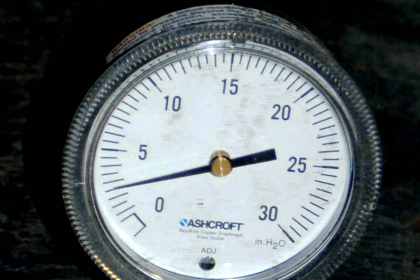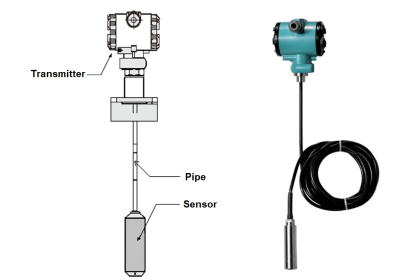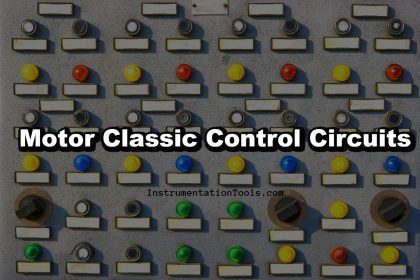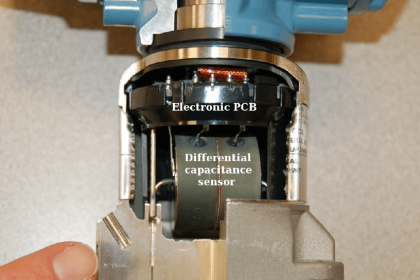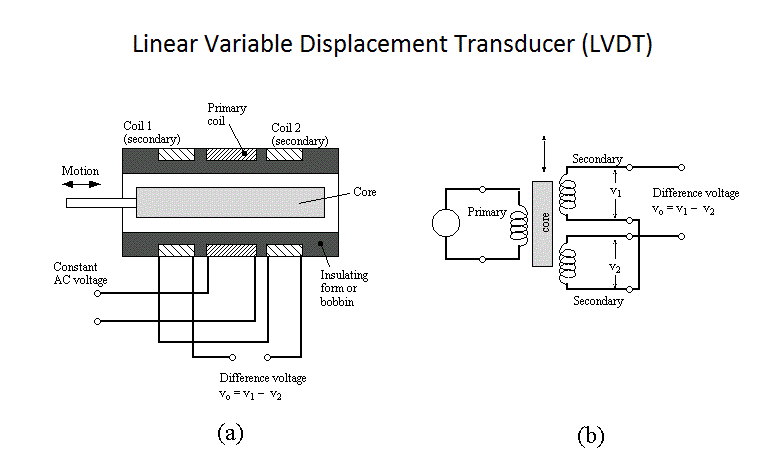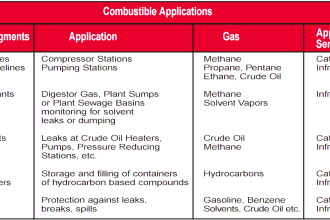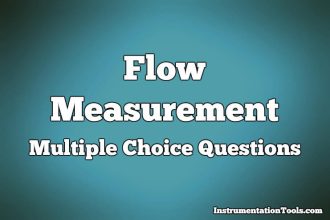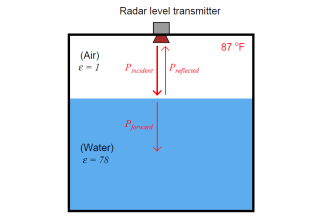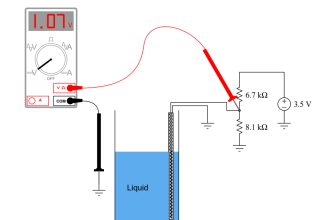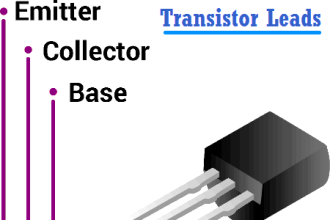
Bellows Pressure Sensors Working Principle
The bellows is a one-piece, collapsible, seamless metallic unit that has deep folds formed from very thin-walled tubing. The diameter of the bellows ranges from 0.5 to 12 in. and may have as many as 24 folds. System or line pressure is applied to the internal volume of the bellows. As the inlet pressure to the instrument varies, the bellows will expand or contract. The moving end of the bellows is connected to a mechanical linkage assembly. As the bellows and linkage assembly moves, either an electrical signal is generated or a direct pressure indication is provided. The flexibility of a metallic bellows is similar in character to that of a helical, coiled compression spring. Up to the elastic limit of the bellows, the relation between increments of load and deflection is linear.
However, this relationship exists only when the bellows is under compression. It is necessary to construct the bellows such that all of the travel occurs on the compression side of the point of equilibrium. Therefore, in practice, the bellows must always be opposed by a spring, and the deflection characteristics will be the resulting force of the spring and bellows.
Phosphor Bronze, Brass, Beryllium Copper, Stainless Steel are normally used as the materials for bellows.
Bellows are manufactured either by
(i) turning from a solid block of metal, or
(ii) soldering or welding stamped annular rings, or
(iii) rolling (pressing) a tube.
Also See : Bourdon Tube Pressure Gauge Working Animation
